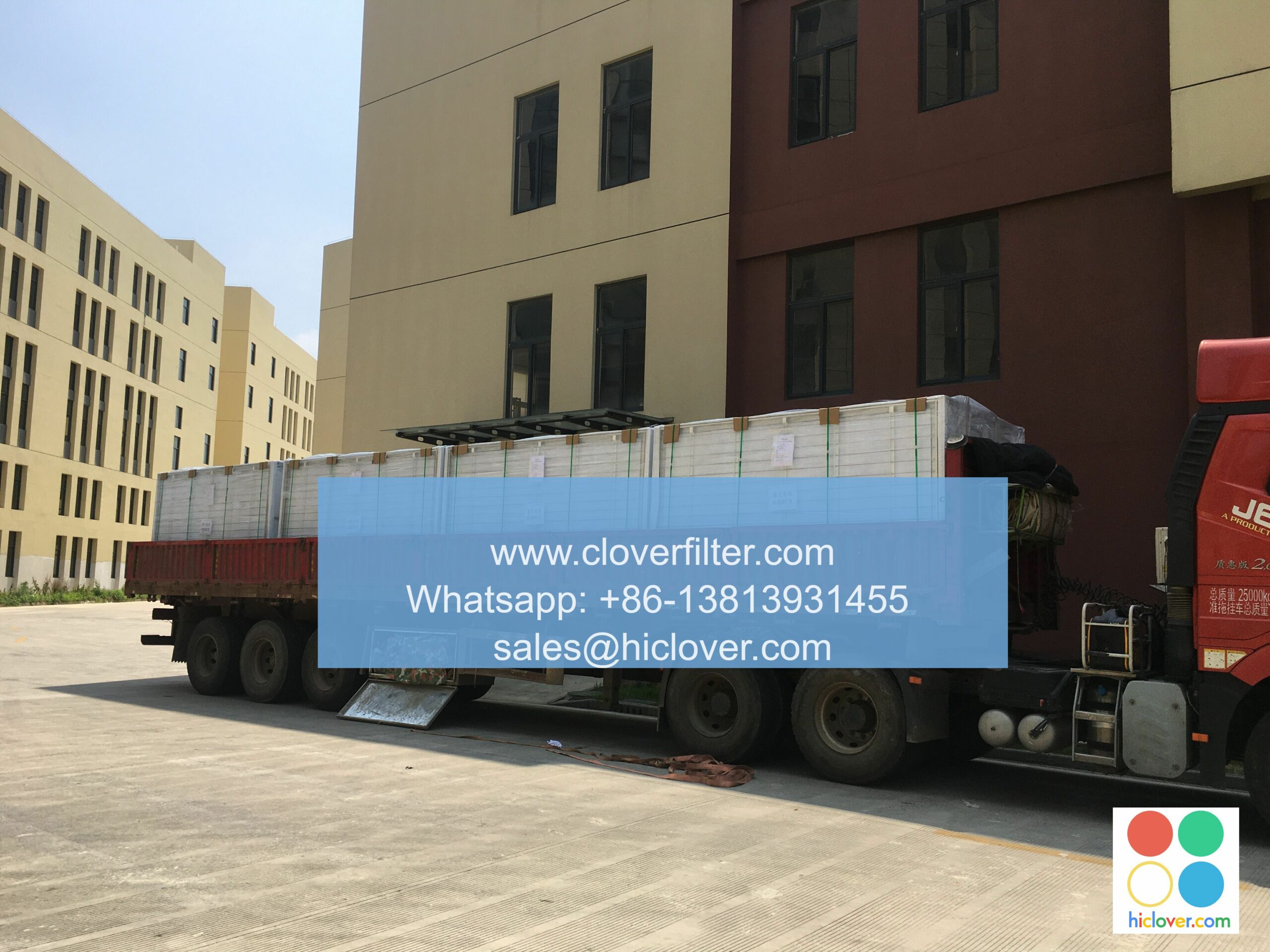Air Filter Distribution: A Key Component of Building Automation Systems

Air Filter Distribution: A Key Component of Building Automation Systems
Introduction
As buildings become increasingly complex and energy-efficient, the importance of effective air filter distribution has become a crucial aspect of building automation systems. In this article, we will delve into the world of air filter distribution, exploring its key components, applications, and benefits.
What is Air Filter Distribution?
Air filter distribution systems are designed to efficiently deliver conditioned air to all areas of a building, while also providing optimal air quality and quality control. The system consists of various components, including fan coils, variable air volume (VAV) boxes, and air terminals, which work together to distribute the conditioned air throughout the building.
Components of an Air Filter Distribution System
A typical air filter distribution system consists of the following key components:
- Fans: Fans are responsible for circulating the cooled or heated air throughout the building. They work in conjunction with air handling units (AHUs) to maintain a consistent airflow.
- Air Handling Units (AHUs): AHUs are the central component of the air filter distribution system, responsible for conditioning and filtering the air.
- Fan Coils: Fan coils are used to distribute the conditioned air throughout the building, often connected to the AHU via a duct system.
- Variable Air Volume (VAV) Boxes: VAV boxes are used to regulate the airflow to specific areas of the building, ensuring optimal indoor air quality.
- Air Terminals: Air terminals are the final component of the system, distributing the conditioned air to individual zones or rooms.
- Improved Indoor Air Quality: By providing a consistent and controlled airflow, air filter distribution systems help maintain optimal indoor air quality, reducing the risk of air pollution and related health issues.
- Energy Efficiency: Air filter distribution systems can help reduce energy consumption by optimizing airflow and minimizing wastage.
- Increased Comfort: By maintaining a stable and consistent indoor temperature and humidity level, air filter distribution systems contribute to a more comfortable and productive work environment.
- Reduced Operational Costs: By ensuring optimal air quality and minimizing energy consumption, air filter distribution systems can help reduce operational costs and maintenance needs.
- Commercial Buildings: Shopping centers, office buildings, and other commercial properties require effective air filter distribution systems to maintain optimal indoor air quality and energy efficiency.
- Healthcare Facilities: Hospitals and clinics require precise control over indoor air quality to maintain patient health and comfort.
- Industrial Premises: Manufacturing facilities and warehouses require robust air filter distribution systems to ensure optimal air quality and energy efficiency.
- Residential Buildings: Residential condominiums, townhouses, and single-family homes can also benefit from air filter distribution systems, improving indoor air quality and reducing energy consumption.
Benefits of Air Filter Distribution Systems
The benefits of air filter distribution systems are numerous, including:
Applications of Air Filter Distribution Systems
Air filter distribution systems find application in various industries, including:
Conclusion
In conclusion, air filter distribution is a crucial component of building automation systems, providing optimal indoor air quality, energy efficiency, and increased comfort. By understanding the key components, benefits, and applications of air filter distribution systems, building owners and managers can make informed decisions about the design and implementation of these systems, ultimately leading to a more comfortable, healthy, and energy-efficient indoor environment.
I’m happy to help!
What would you like to talk about or ask for help with? I can assist with a wide range of topics, including:
* Answering questions
* Providing information on a specific topic or subject
* Offering suggestions or ideas
* Helping with writing or proofreading
* Generating creative content, such as poetry or stories
* Conducting a conversation or chat
Let me know what’s on your mind, and I’ll do my best to help!


